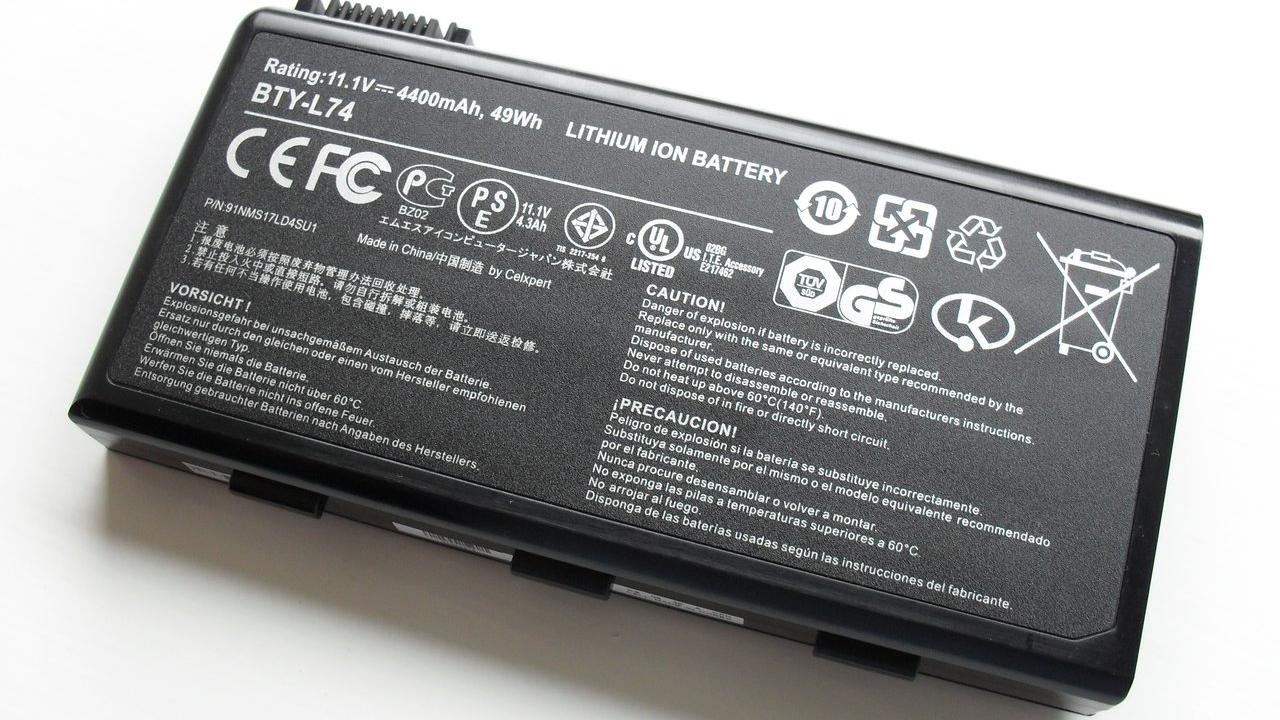
Decoding battery health
With the advent of autonomous vehicles, smartphones and drones, lithium-ion batteries have become the device of choice for powerful and long-lasting energy. However, to ensure that the batteries are safe and effective, researchers need to find out what’s happening on the inside to make sure they’re healthy.
Mechanical and aerospace engineering assistant professor Xinfan Lin is working with the LG Chem Ltd., the world’s largest lithium ion battery supplier, to evaluate the health and safety of lithium batteries in a fast, accurate and non-invasive way. By reading current and voltage data during everyday use, the team plans to find the best currents to estimate what’s happening inside.
A lithium battery’s safety and state of health are determined by a number of internal factors, including the rate of lithium diffusion, how many lithium ions it can store and active material volume fraction, or how much of the battery’s material can accommodate the flow of lithium ions, which is the key to generating electricity.
Knowing the internal state is the critical to making sure the battery doesn’t overheat and catch fire, or that it has enough “juice” left to continue working effectively for its application. However, researchers can’t directly measure any of this without taking the battery apart, so all they have to rely on is current and voltage data.
Much like a human might look pale or have a high temperature when they’re sick, a battery may display a specific pattern of voltage reading under certain current excitations when it is unhealthy, said Lin. While doctors know what to look for in humans, the goal is to find out what these excitation patterns and response signals are for batteries.
The theory is that different current-voltage patterns correspond to different status of internal battery states, so the team is trying to figure out what these signal patterns are and which ones correspond to which condition.
“What we want to do is find those patterns that can best help us estimate the parameter and the state of a battery,” said Lin. “We want to do it fast, we want to do it reliably and we want to do it accurately.”
If they are successful, the team will work to figure out the best current and voltage patterns to measure each internal parameter and then apply these optimized currents to any battery to get reliable, real-time estimates of the battery’s internal state.
“If you can have full control over the excitation either in a lab or in a real battery system, you can design whatever currents you want,” said Lin. “That is our goal.”
The collaboration began in 2017, when Lin responded to LG’s call for proposals in a Battery Innovation Contest. For the upcoming third year, LG plans to send a staff engineer to UC Davis to work on the project, and the team has been planning multiple publications and patents as the project moves forward.
The extension proposal, “Data Optimization and Analytics for Battery State and Parameter Learning” began funding in April 2020.
